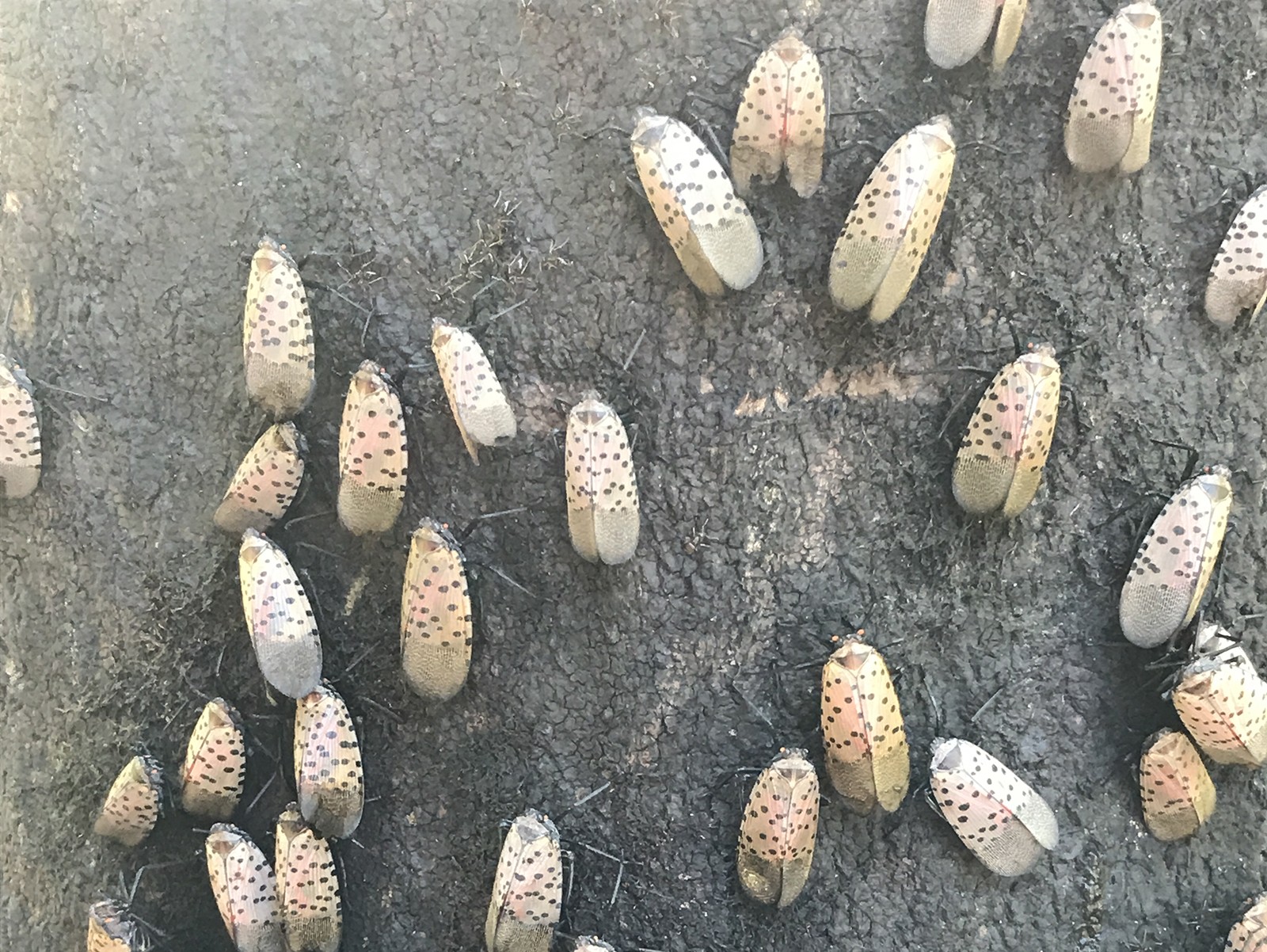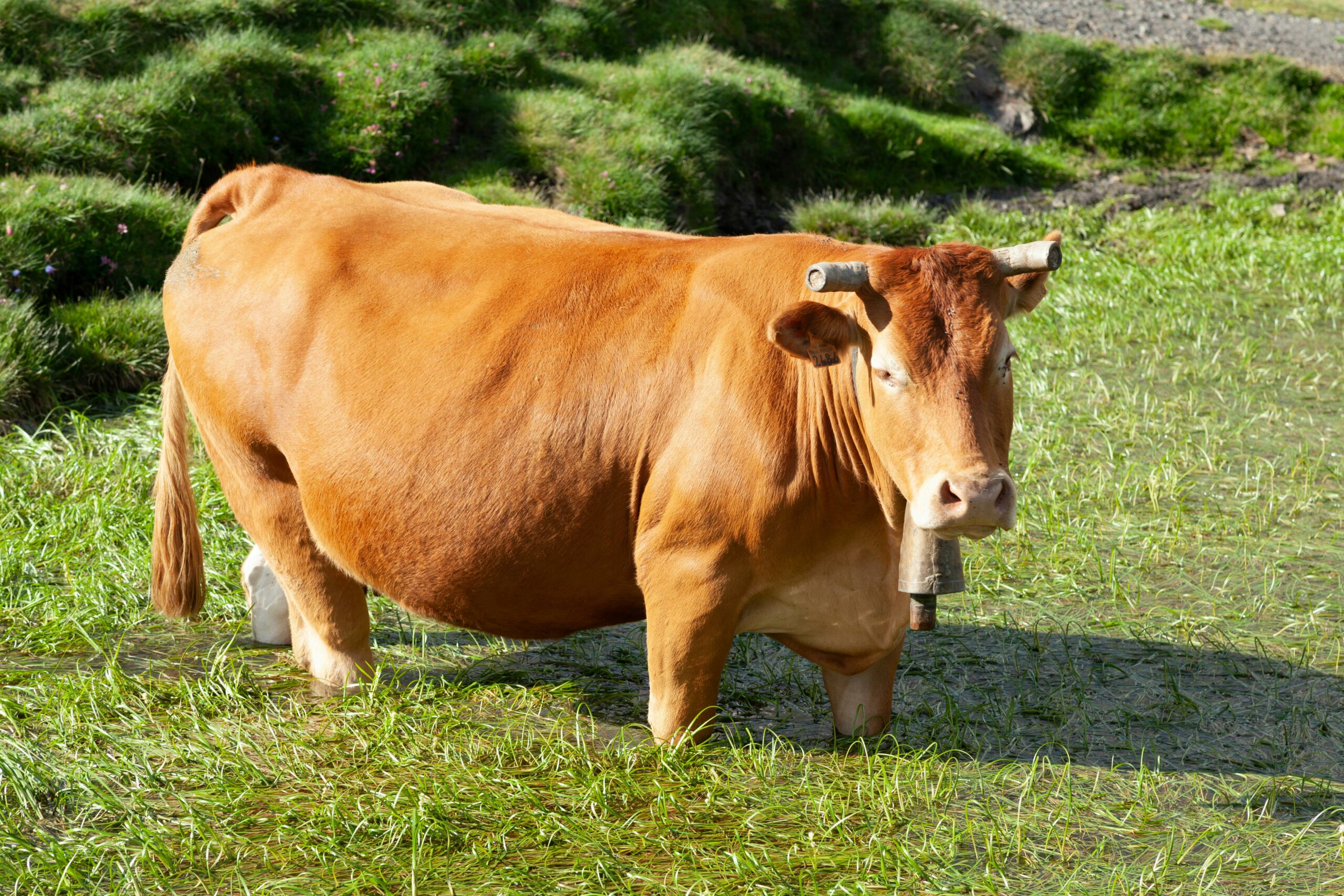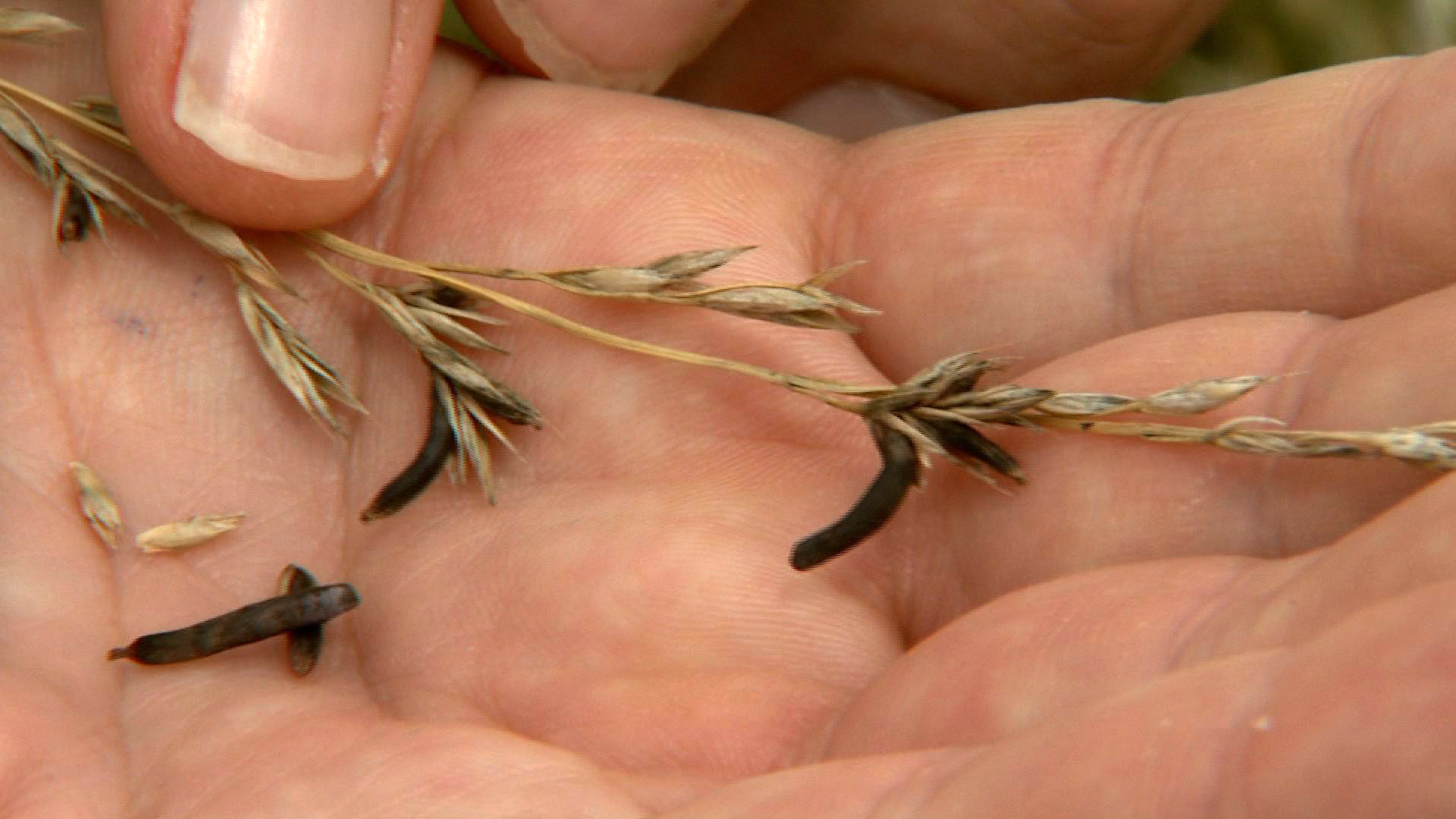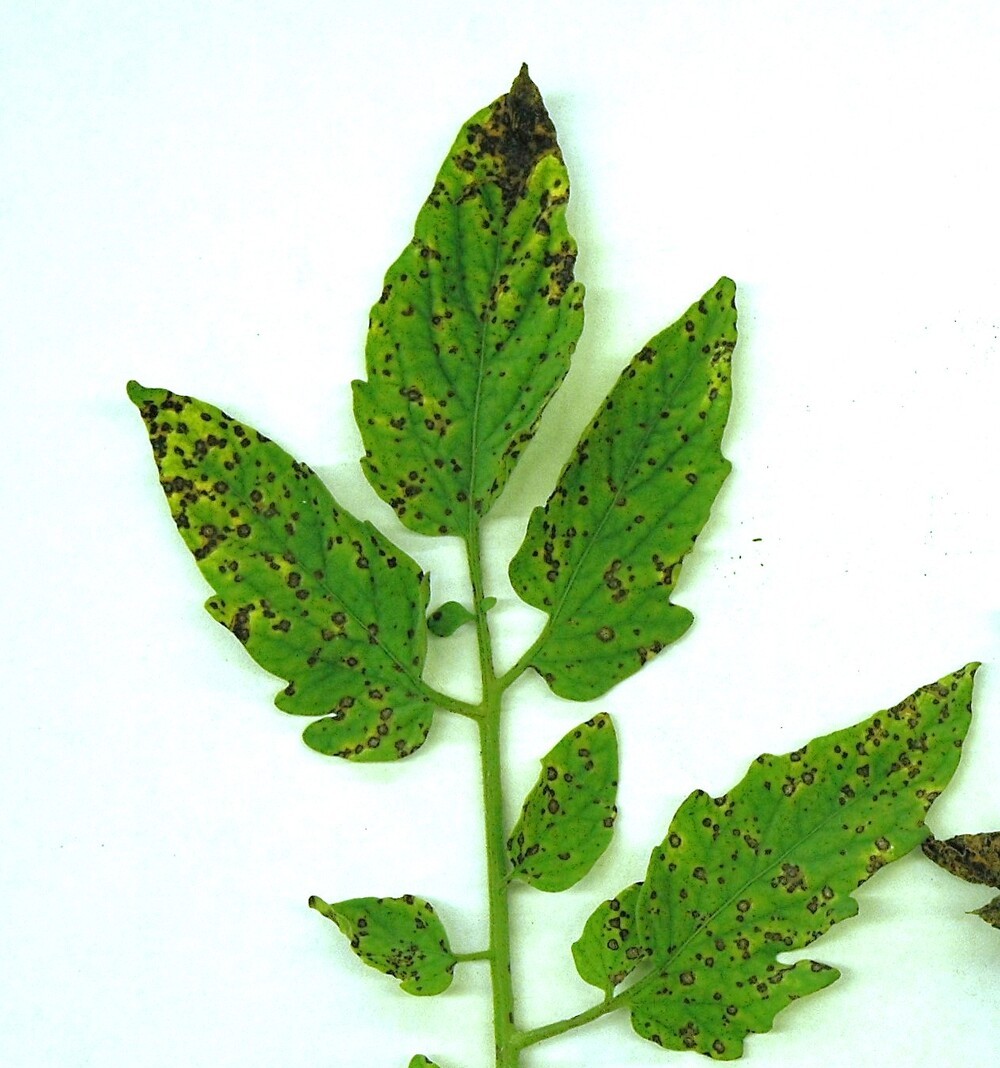Jacksonville, Illinois. Galls are inevitable if you spend enough time studying and working with plants.
A number of different creatures, including insects (such as aphids, flies, and wasps) and mites, as well as occasionally nematodes, fungi, and bacteria, can generate galls, which are abnormal growths. Galls can occur in a variety of ways and can be found on leaves, twigs, roots, or flowers. Wool sower galls are among the more lovely galls you might come across.
Wool sower galls: what are they?
Callirhytis seminator is a wasp that produces wool sower galls. They are round, fluffy, white to whitish-pink galls that resemble cotton balls when they first grow. The galls are also referred to as oak seed galls because they are packed with fibers and tiny capsules that resemble seeds. A solitary wasp larva is present in each of these seeds.
The galls will change from tan to light brown as they get older. The gall’s surface will get harder and start to have darker, slightly elevated spots. Typically between June and July, the adult wasps will burrow through the galls and emerge, leaving tiny holes on the surface.
The gall wasp’s life as a wool sower
Mostly prevalent on white oak trees (Quercus alba), wool sower galls can also be found on swamp white oaks (Q. bicolor), chestnuts (Q. montana), and swamp chestnuts (Q. michauxii). Females will deposit their eggs in oak tree leaf buds in the early spring. The female will start the process of gall formation by releasing fluids when the egg is placed. The gall will continue to develop as a result of the chemicals secreted by the hatching larvae.
Wool sower gall wasps will create two different kinds of galls, just like many other wasps in the Cynipidae family. Indistinct stem galls are the result of wasps laying eggs in the stems after emerging from the wool sower galls. The more conspicuous wool sower galls grow in the spring when the wasps that emerge from the stem galls lay their eggs in leaf buds.
The larvae will be able to find food and shelter in the galls. Additionally, they will shield them from possible predators. However, they are not always successful; certain parasitoid wasp species will deposit their eggs inside the galls. The larvae of the wool sower gall wasps will thereafter be consumed by the parasitoid wasp larvae. This can aid in population control and probably explains why wool sower gall wasp numbers frequently change from year to year.
How do I handle wool sower galls?
Wool sower galls, like the majority of other galls, don’t seriously harm trees enough to need control. Because they are only 1/8 inch tall and cannot sting humans, mature wasps are also not dangerous to people or pets. Once the galls form, the insects are well protected and are unlikely to be reached by pesticides, even if humans tried to control them. If the galls are seen to be ugly, they can be removed, but they can make excellent conversation starters.
Good Growing Fact of the Week: Researchers discovered in a 2023 study that gall-forming wasps contain a sizable venom system (venom gland, reservoir, duct, etc.), indicating that venom is a major factor in gall formation.












